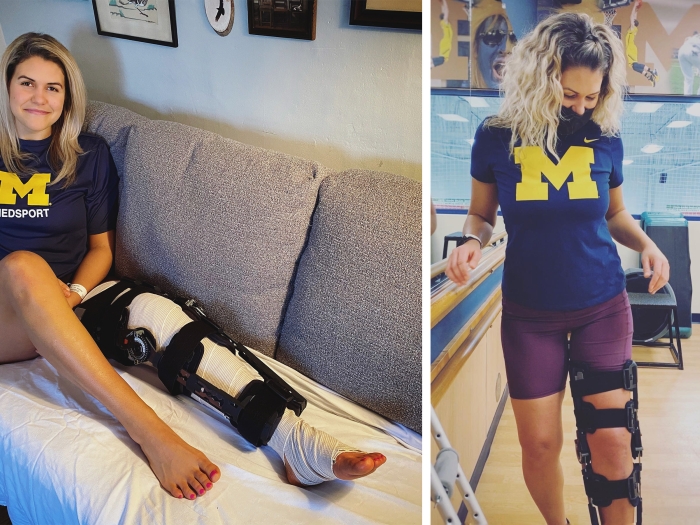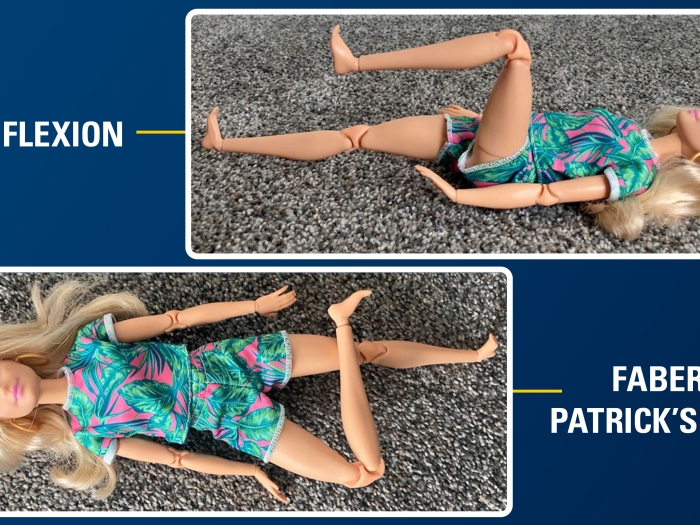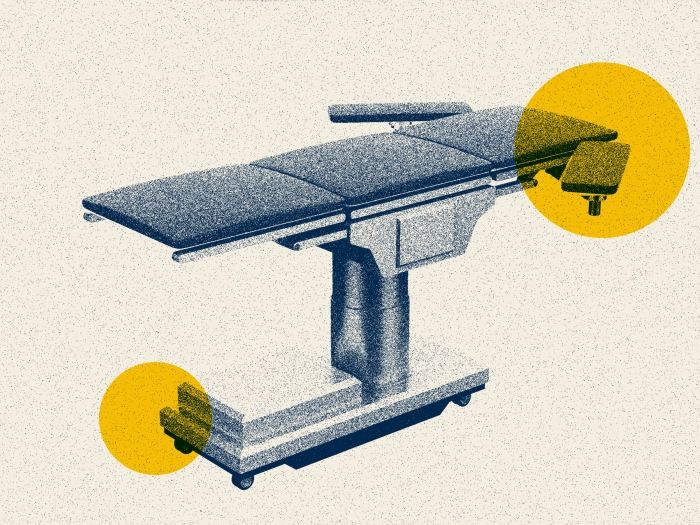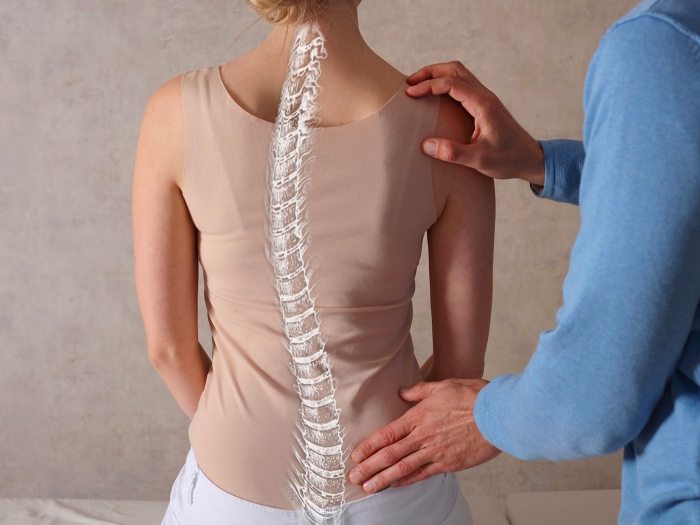Women are 3 to 8 times more likely to tear their ACL than men in sports like soccer or basketball
3:05 PM
Author |
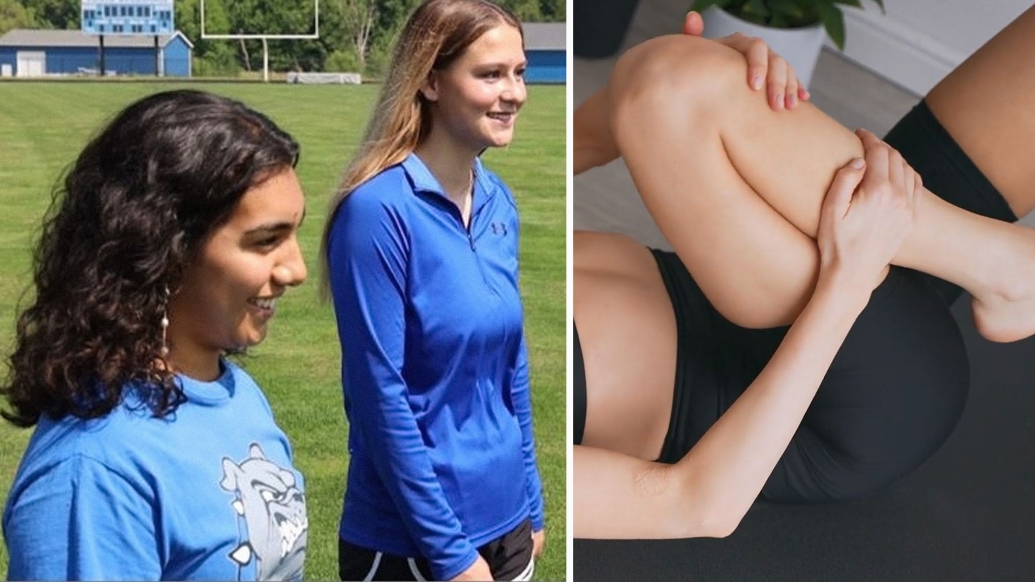
As the World Cup gets underway, some of the biggest names in women’s soccer are sidelined with ACL injuries, including United States star Catarina Macario, Vivianne Miedema of the Netherlands, England’s Leah Williamson and Beth Mead, and Canada’s Janine Beckie.
The spate of Anterior Cruciate Ligament (ACL) injuries reflect what’s going on all over sports, said a Sparrow Health System expert.
“As more and more kids get into athletics, the rate of ACL tears has gone up overtime, especially in young women,” said Michael Vaccariello, M.D., of Sparrow Medical Group Orthopedics and Sports Medicine Ionia, part of University of Michigan Heath.
Teenagers at risk
The ACL is situated within the knee, attached to the thigh and shin bone.
For athletes, it’s crucial for pivoting, sprinting and for landing. For those who suffer a tear, the six-to-12-month grueling recovery process can be devastating.
In Spring 2022, severe ACL injuries sidelined former Ionia High School soccer stars Valentina Sanchez-Sosa and Alixzandra Vasquez.
“I didn't feel anything at all until we got on the bus, and it started hurting just a little bit. But by the time I got home, I could not straighten my leg at all. I had never felt that much pain,” Sanches-Sosa said.
“He (Vaccariello) told me if I planned on playing again that I'd most likely have to get surgery. I was upset. I wasn’t sure what was going to happen,” said Vasquez.
With the help of Sparrow’s team of orthopedic surgeons, physical therapists and athletic trainers, along with leading-edge medicine, both athletes were able to get back on the field for their senior seasons.
Some ACL tears come from direct contact with an opponent, but most are non-contact injuries due to sudden movements, deceleration, or jump landings. Studies have shown that women are three to eight times more likely to tear their ACL than men in sports like soccer or basketball where violent change in speeds and directions take place.
Michael Shingles, D.O., serves as the sports medicine medical director for Sparrow Health System, part of University of Michigan Health, and has performed over 3,000 ACL reconstructions on high school, collegiate, and professional athletes over his 23-year career.
“There is some disagreement regarding what is contributing to female athletes having an increased risk of suffering an ACL injury and, most likely, it’s a combination of many of these factors,” Shingles said.
It has been suggested that the difference in anatomy between men and women is to blame for the disparity. Others claim women may be more prone to ACL injury at certain times in their menstrual cycle. Finally, researchers are looking at how social and gender roles in sports may increase the risk of ACL injury in women.
Shingles also suggests looking at the increase of practices and games that athletes participate at the competitive level.
“Unfortunately, the more you cut or pivot in sports, the more potential chance of injury.”
His suggestion?
“It is fair to say that cross training with other sports to take breaks from one sport participation could help decrease risk of injury,” Shingles said.
Prevention matters
American soccer standout Emily Fox, who tore her ACL twice in college, tells Yahoo Sports that in her teenage years, she and her teammates never did prevention exercises – instead, they just hopped on the field and played.
Shingles says having a simple warm-up or injury prevention program in place can have a positive impact.
Sparrow also has an ACL prevention class for athletes that runs twice a week at the Sparrow Michigan Athletic Club in East Lansing.
Many of Sparrow’s athletic trainers are also trained in these prevention programs and teach jumping and landing techniques to students.
Shingles says the programs could not only help athletes prevent future injuries but can also be beneficial for those trying to return to their sports.
“The return-to-play was definitely really hard,” said Sanches-Sosa. “There were some days where I'd be exhausted after, but I feel like it made me a lot stronger, just physically and mentally.”
Learn more about leading-edge sports medicine care at Sparrow, part of University of Michigan Health

Explore a variety of health care news & stories by visiting the Health Lab home page for more articles.

Department of Communication at Michigan Medicine
Want top health & research news weekly? Sign up for Health Lab’s newsletters today!


